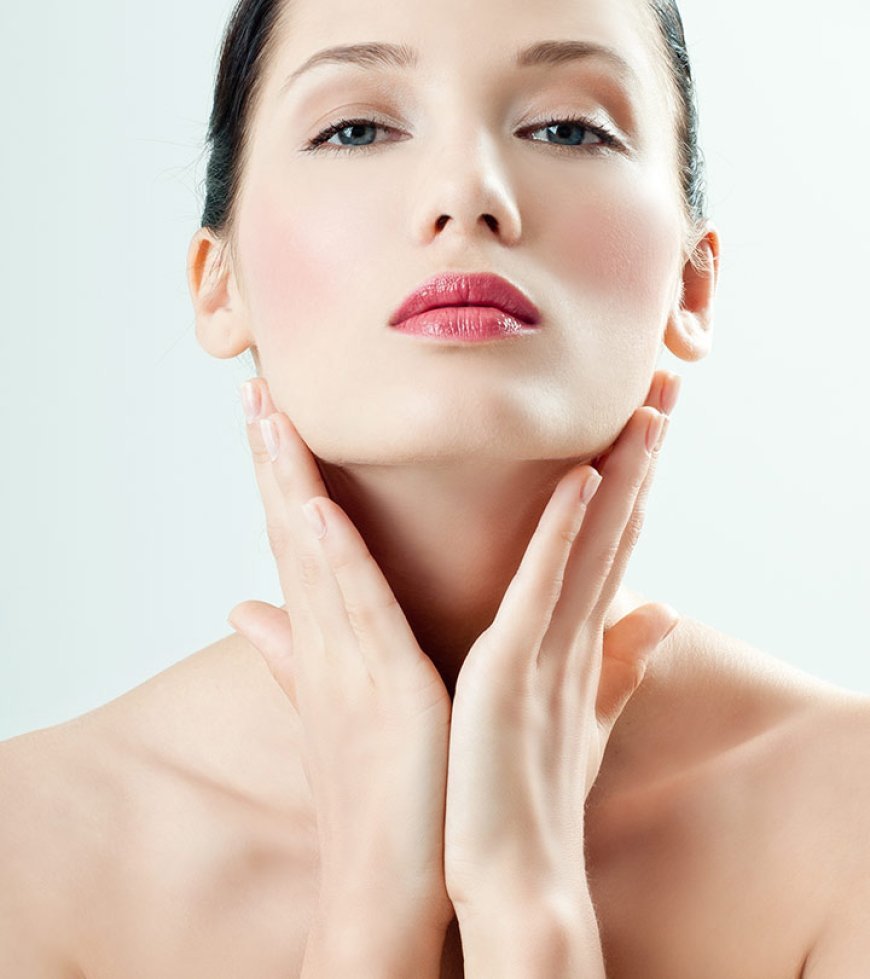Tinea Versicolor
Tinea versicolor, also known as pityriasis versicolor, is a common fungal skin infection.

Tinea versicolor, also known as pityriasis versicolor, is a common fungal skin infection.
It is estimated to affect up to 70% of the population worldwide. It is a very common skin condition where the affected person has multiple patches of discolored skin. After getting the infection, the person can have tan, white, brown, pink, or red colors. The good news is that the condition is treatable and very rarely causes any serious health issues.
What Is Tinea Versicolor?
Tinea Versicolor is a fungal infection of the skin which is caused by a yeast called Malassezia globosa. It is very common and usually presents as round or oval patches of decreased or increased pigmentation. It can be found on the trunk, arms, legs, and back. The patches are usually very well defined and can vary in size between 2 and 10 cm in diameter. The color of the patches may vary from pink to tan to brown to gray or white.
Who Is Affected By Tinea Versicolor?
Tinea Versicolor is more common in teenagers and young adults, but can affect anyone regardless of their age. It is more common in warm, humid climates or during the summer months. People who live in crowded living conditions such as dormitories and prisons, as well as people who have a weakened immune system or a warm, oily skin type are more likely to develop the condition.
Causes of Tinea Versicolor
Tinea versicolor is caused by the Malassezia globosa fungus which is naturally found on the skin of most people. In some individuals, the fungus grows excessively and causes the infection. Certain factors can increase the chance of the fungus growing excessively on the skin. These factors include warm, humid climates, excessive sweating, wearing tight clothing, and weakened immunity.
Diagnosis of Tinea Versicolor
Tinea Versicolor is typically diagnosed based on a physical exam. The doctor may use a special tool called a Wood’s lamp to help diagnose the infection. This tool can cause the affected area to become a different color and help the doctor to determine the diagnosis.
The doctor may also take a skin scraping or sample for laboratory analysis. This will help to confirm the diagnosis of the infection.
Treatment of Tinea Versicolor Tinea Versicolor is usually treated with oral or topical antifungal medications. In some cases, treatment may be necessary for several weeks or even months to clear up the infection.
Oral antifungal medications include ketoconazole, itraconazole, and fluconazole. These medications are taken for 1 to 3 weeks and may cause side effects such as upset stomach, nausea, and headaches.
Topical antifungal medications such as selenium sulfide or zinc pyrithione are applied directly to the affected area. These medications may need to be applied once or twice a day for several weeks to help clear up the infection.
In some cases, a doctor may recommend lifestyle changes to help prevent the infection from returning. This includes avoiding tight or restrictive clothing and excessive sweating as well as keeping the skin clean and dry.
Prevention of Tinea Versicolor There are several steps that can be taken to help prevent Tinea Versicolor. These include the following:
• Avoid tight or restrictive clothing. • Use an antifungal powder or spray on the skin. • Shower after exercising or sweating heavily. • Keep skin clean and dry. • Maintain a healthy diet. • Wear loose-fitting, natural fabrics, such as cotton, to help keep the skin cool and dry. • Use an antifungal shampoo on the scalp and other affected areas. • Avoid sweating excessively by staying in cool, dry environments.
Tinea Versicolor is a common fungal skin infection caused by the Malassezia globosa fungus. It is characterized by discolored patches on the skin and is usually found on the trunk, arms, legs, and back. It is more common in warmer, humid climates or during the summertime and is more likely to affect individuals who have a weakened immune system or a warm, oily skin type.
Treatment typically involves oral or topical antifungal medications. In some cases, lifestyle changes such as avoiding tight or restrictive clothing and excessive sweating may be necessary to help prevent the infection from returning. With proper diagnosis and treatment, the infection is usually cleared up without any long-term complications.
